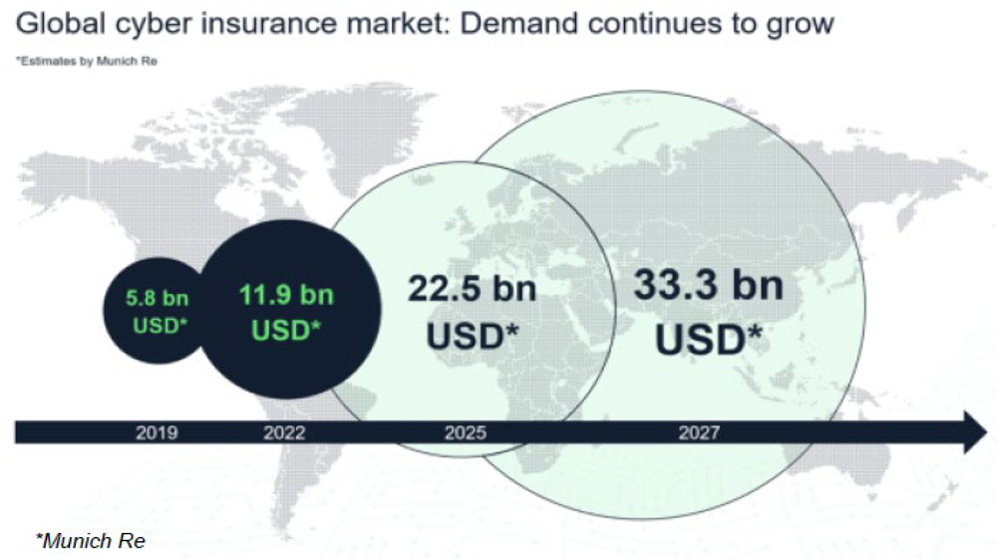
As actuaries, we estimate the likelihood and expected cost of all sorts of events — rare, routine and costly ones, those that can be absorbed in normal operating budgets, and all sorts in between.
Some of us apply insurance principles to our finances. Years ago, my wife and I had a fund for those unexpected bills that came along. Over time, we found that the events happened just about as often but cost a lot more than they used to. I write this after spending $200 to get the clothes dryer fixed this afternoon.
This expense fund got me thinking. What if we applied insurance principles to time management?
Marking Time
A lot of time management gurus tell us that we should keep a schedule of everything we do — something I resisted for years. At one point, however, I started to keep track of what I did through the workday and it has now become a habit. Schedule tracking is very informative and helps keep me on task. The data enables me to analyze what I am doing and how much time I am spending on tasks. I consider it my “time database.”
I used a tactic very similar to a business interruption feature called a “time-delay deductible.” How did it work? I relocated to another floor.
But data collection is only the beginning. In applying our skills to time management, we need to analyze and project data and take corrective action where needed.
Meetings
When I worked at different companies, I found that meetings took up an inordinate amount of my time. I checked with my staff and found it was the same for them. How could my team and I get work done during normal business hours when we spend so much time in meetings?
To combat this problem, we implemented a form of “loss control” for meetings that paid off.
We underwrote our meetings and declined some of them. We ceased being “take-all-comers” attendees and only accepted select invitations. In some cases, we would send one person, rather than the two or three invited, helping us to cover the topic without redundant staff attending.
Sometimes, I would apply a “policy limit” to a proposed meeting. “I can give you half an hour but not an hour,” was often what I told some who requested meetings. More often than not, we accomplished all that we needed to in that shorter time.
We also developed a means of reducing “contagion risk” by not scheduling meetings back-to back. Oftentimes a group of people would be waiting for other participants to get out of an earlier meeting that went long because the meeting before that started late because everyone had to get out of a third meeting that went overtime because . . . well, you get the idea. I required that 30 minutes before and after all meetings be unscheduled. This shielded me from the “meeting-went-overtime-because-it-started-late-because-the-prior-meeting-went-over” syndrome. That 30-minute buffer also afforded me time to make notes about the meeting that just finished and give me time to assemble the items for the next one.
For most meetings, I would ask for a “declarations page” or agenda that includes who is attending; what is to be discussed, decided or announced; and the overall purpose of the meeting.
“Limiting endorsements” is another important tactic that disallows introducing new topics during a meeting. I don’t like to be blindsided by someone starting down another path by saying, “While we’re all here, let’s discuss….” Sometimes this can be a way to get someone into a meeting unprepared for the meeting’s true purpose. Having an agenda and being willing to say that you are not prepared to discuss the topic at that time works like a policy limitation or condition.
Interruptions
Like meetings, interruptions consume time, but they cost even more time because your mind has to “reset” in order to get back into what you were doing before. Some people work around this by coming in early to do work before everyone else shows up.
To combat interruptions, I created a “franchise deductible” program. Every day I would have a standing meeting with people working on projects. The idea was for that meeting to last only a few minutes and for those individuals to save up all of their questions until our meeting (the franchise deductible). My purpose was to not get peppered with a lot of questions throughout the day and to make the other person think more about their questions before approaching me. This meeting requirement gave them the opportunity to work on their problem-solving skills.
At another job, I used a tactic very similar to a business interruption feature called a “time-delay deductible.” How did it work? I relocated to another floor.
People who worked near my staff said that they often saw the actuaries go into the stairwell, only to come back out before they even had enough time to get to my floor. Upon further investigation, I learned that, as they practiced how to pose the question, they answered it themselves. The time between when they got up from their desk to when they would arrive in my office was enough time to eliminate a lot of questions.
When Time is Not Enough
Sometimes a company is not granted a filed and needed rate increase. The time management parallel to that is not having enough staff to get done all the demands of your department or of yourself.
In this instance, you can apply tactics similar to what I outlined above: Underwrite and decline to do some tasks or projects (don’t accept all comers) or do some tasks less frequently (semiannually instead of quarterly) or both. Just as underwriting will cease writing in unprofitable areas, you can quit servicing unprofitable areas, that is, you drop unimportant activities and push work back on others among other strategies. Ultimately, you might just have to withdraw from writing that line of business (quit doing a task) or even withdraw from the state altogether (find another job.)
Conclusion
I have only scratched the surface of applying insurance principles to time management. Look for more on this topic from me in the future. I challenge you to think about other principles from other endeavors that you use to manage time better.











